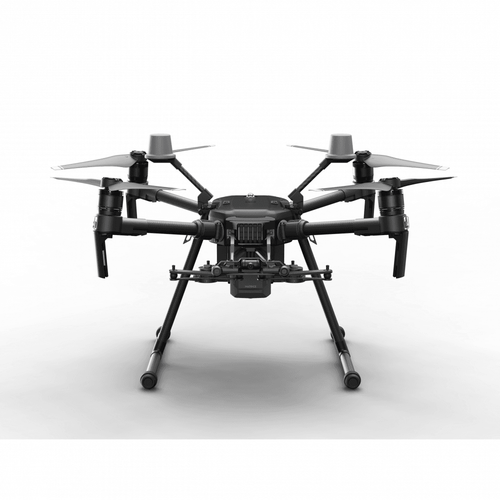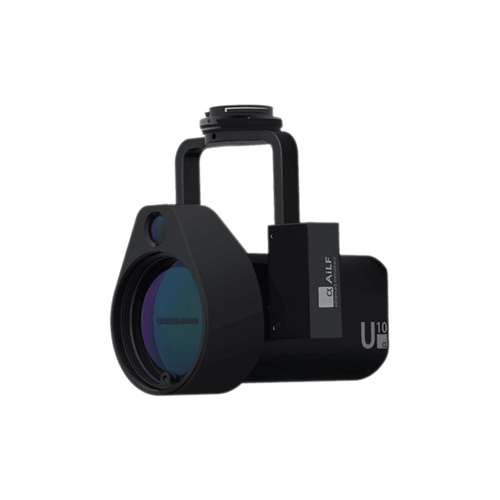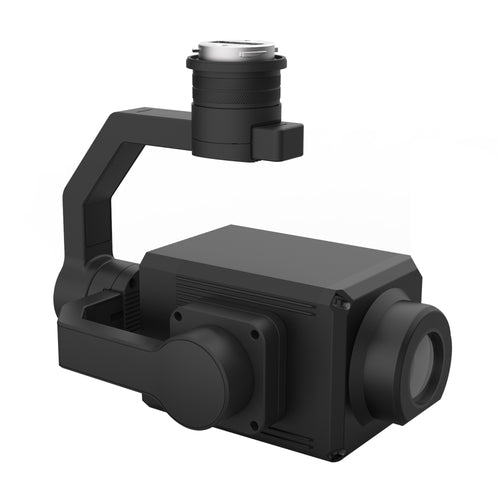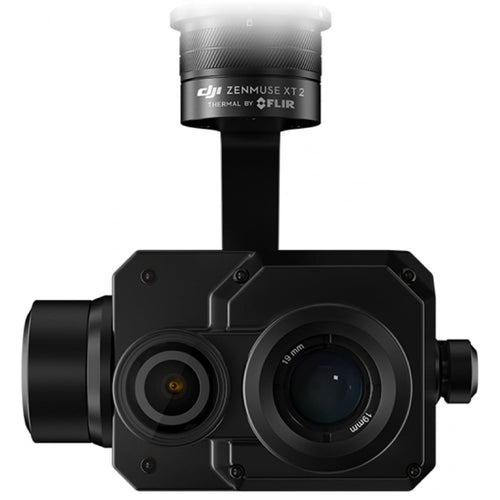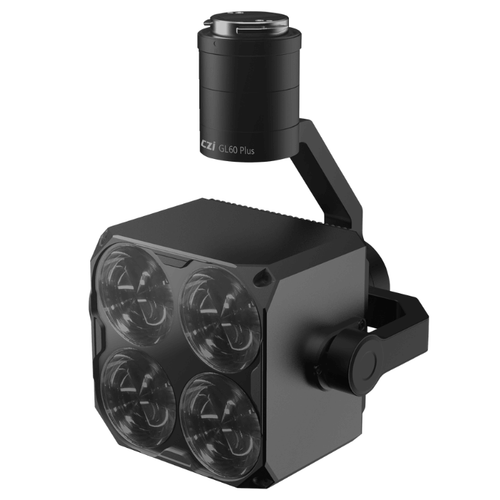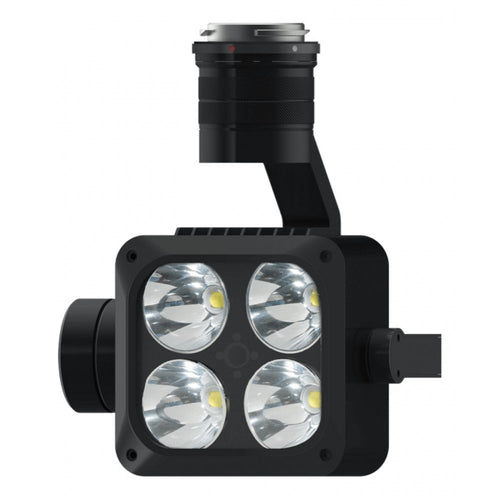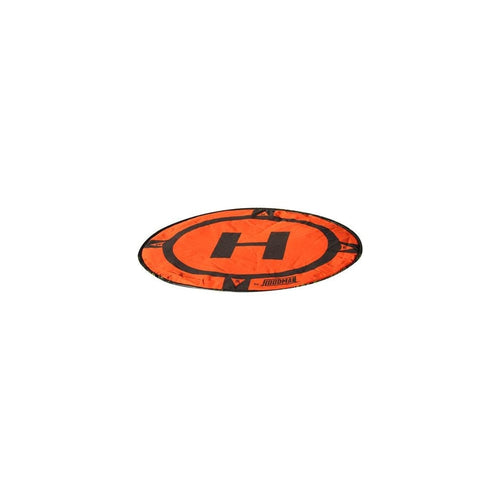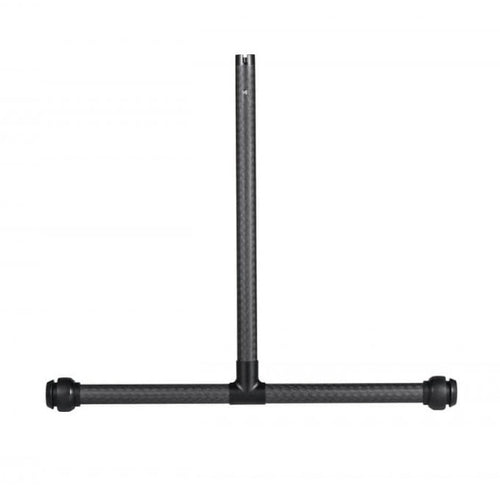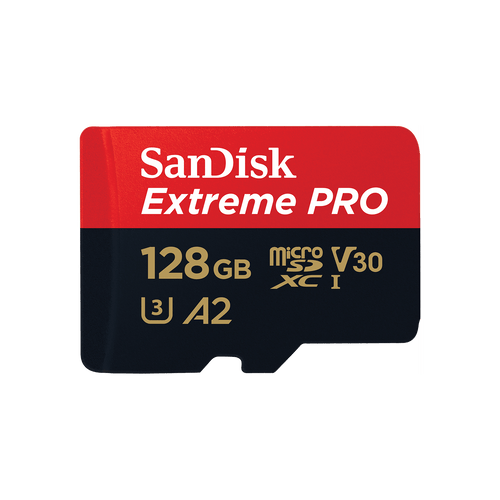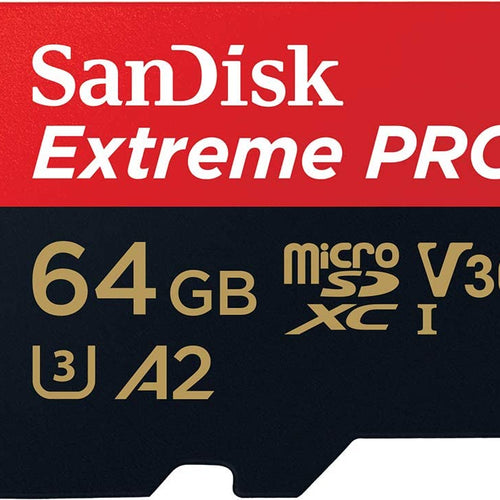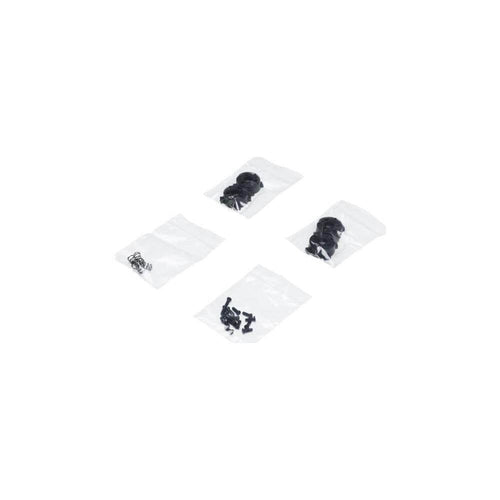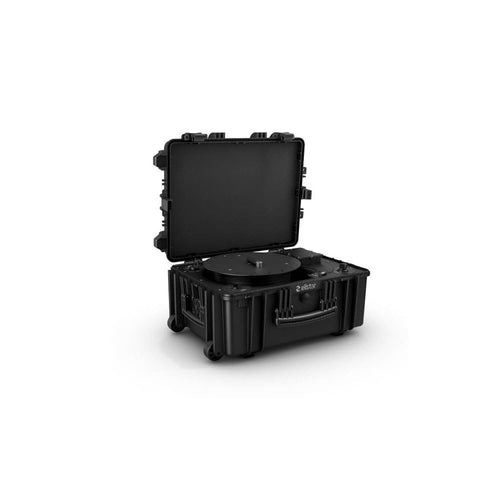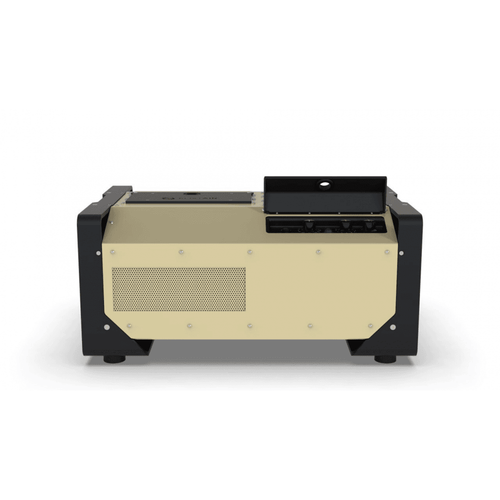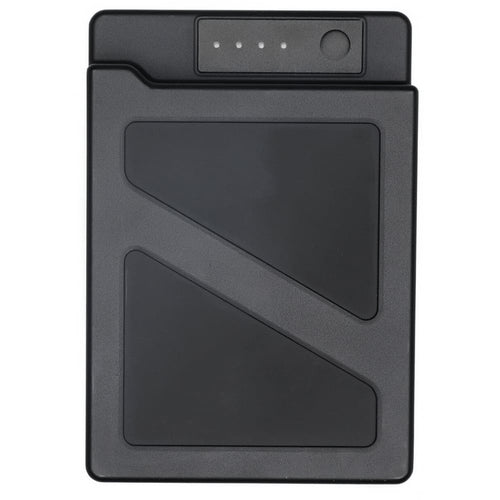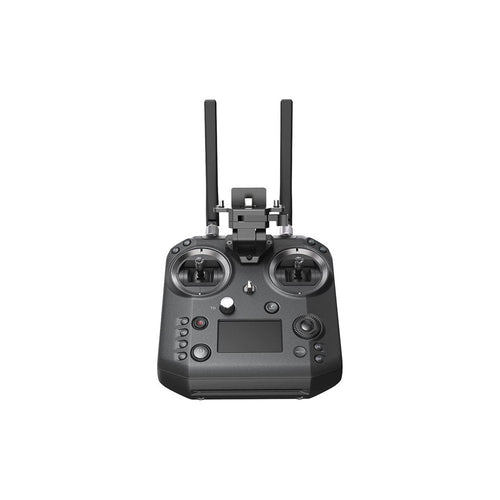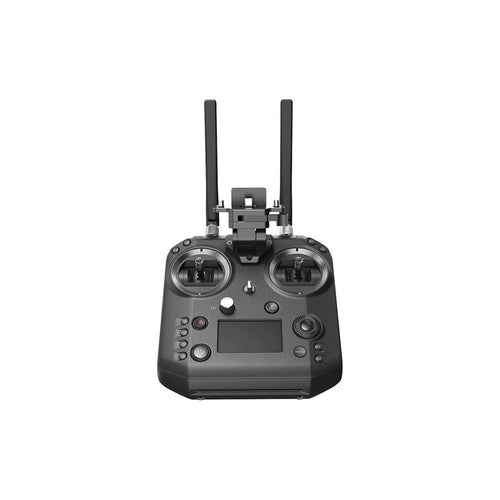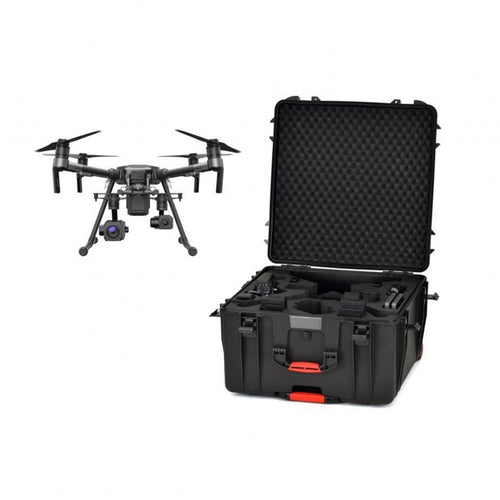DJI Matrice 210 Drones and Accessories
Accessories
DJI Matrice 210 V2
Designed for Commercial Operators
An aerial platform designed from the ground up for commercial operators.
This Matrice 210 V2 drone takes all the best features of the original Matrice 210 quadcopter and adds even more functionality.
These include enhanced flight performance, even more secure data transmission and IP43 weather resistance.
The DJI Matrice 210 V2 is a powerful industrial-grade flight platform with world-class agility and speed, redundant barometers and IMUs for maximum reliability and smart flight features that make capturing complex shots easy.
The second generation of the popular Matrice 210 Series retains its durable design, simple setup and easy configurability, while upgrading key systems for improved flight performance and adding flight safety and data security features.
The aircraft's visual sensors enable enhanced hovering precision, even when flying indoors or in environments where GNSS is unavailable. The built-in AirSense makes you aware of your surrounding airspace to ensure flight safety.
The mechanical design, along with quick-release landing gears and mounted folding arms, makes it easy to transport, store and prepare for flight.
The safety beacons on both the top and bottom of the aircraft allow it to be identified at night or in low-light conditions. An advanced power management system, along with dual batteries, ensures power supply and enhances flight safety.
The M210 V2 is compatible with many of DJI's DGC2.0 connector gimbals, supporting a single upward gimbal or dual downward gimbals. It is equipped with many expansion ports to broaden its applications. Without a payload, the M210 V2 has a flight time of up to 38 minutes with standard batteries (TB55).
The M210 V2 is also compatible with the Cendence S remote controller, which features DJI's OcuSync 2.0 technology for a maximum transmission distance of up to 7km.
Matrice 210 V2 Key Features
- 38 Minute Flight Time
- 8km Transmission Range
- Anti-collision beacon
- Discreet Mode with no lights
- Mobile SDK Comptibility
- Onboard SDK Comptibility
- External GPS Module
- Power Onboard Devices
- Single Downward Gimbal
- Dual Downward Gimbal
- TimeSync
- Support for DJI Zenmuse X7
- Manifold 2 Compatibility
